A Warm Hello
The following information is specifically for those planning a visit or are new to our churches, so that you know, beforehand, what to expect on a Sunday morning.
When we meet in St. Wilfrid's Church (in Church Road by the Marks and Spencer Car Park) our Sunday Sung Eucharist Service starts at 9:30am. This is usually followed by coffee/tea that is served in the church, after the service. Please do come and have a chat with us and get to know us but be assured, no one will pressure to join us if you do not want to.
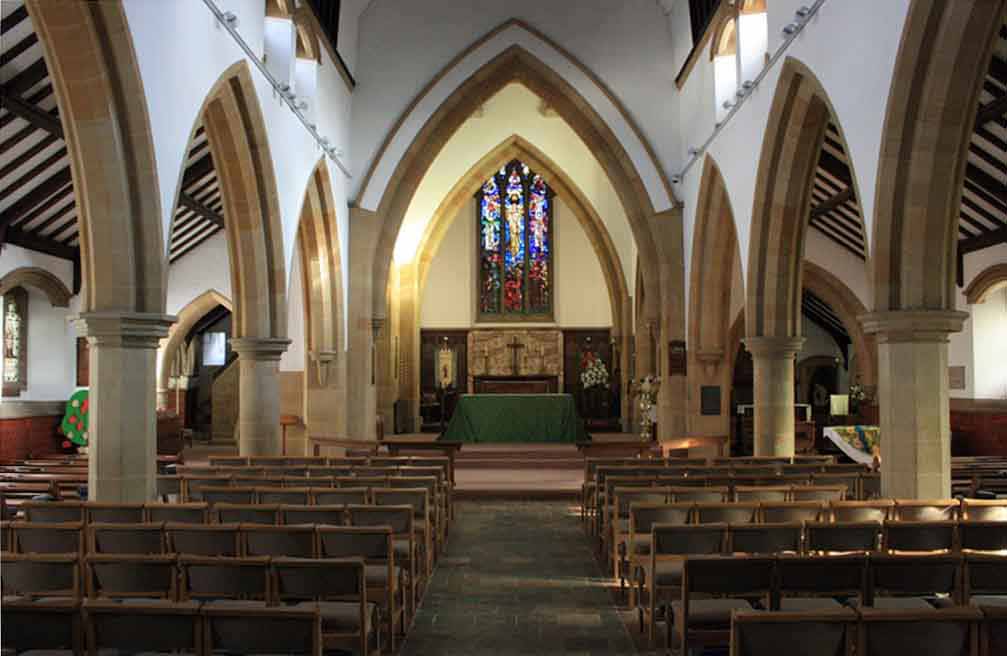
The Presentation Church, (in New England Road) Congregation starts to meet together at 10.15am, on Sundays, for refreshments and then make their way into the church for their Sunday Eucharist Services. These are usually led by our priests, Fr Edward or Fr Mike, but sometimes visiting priests will be present. A special regular visiting priest is Fr John Twisleton a local author who live very close to the church.
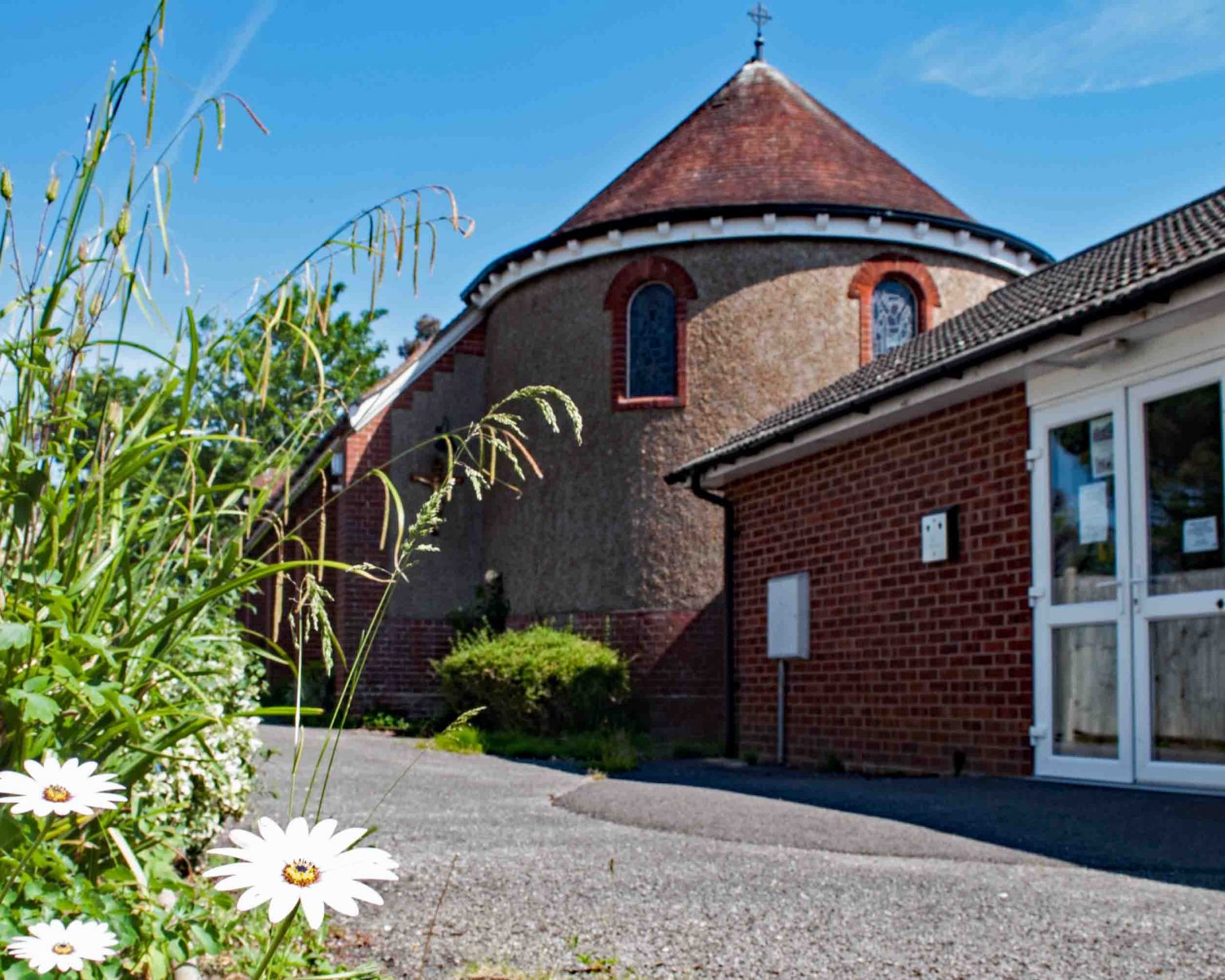
If you are a visitor to either church do make yourself known. And, if you have any questions please do ask the Clergy, sidespeople or the Wardens.
Accessibility: There is wheelchair access, and a sound loop for anyone who needs it. Please let one of the Welcome Team know on your arrival and they will help you to get set up. There are disabled toilets in the Presentation Church and in the St Wilfrid's Centenary Hall.
Our Services
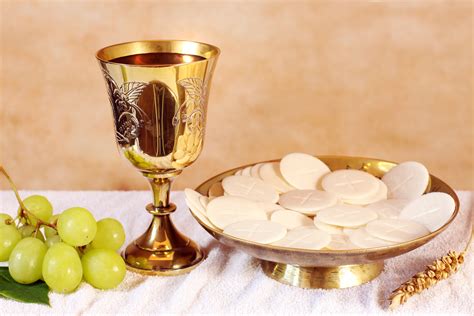
Most of our services, with the exception of the second Sunday Evensong (6.00pm in St. Wilfrid's Church) and our monthly Taizé service (8.00pm third Wednesday) are Eucharistic. That includes our weekly 12.00 noon service in St. Wilfrid's. This means that the congregation is able to share in the bread and wine that become to us the Body and Blood of our Lord Jesus Christ.
Generally, we follow traditional patterns of Anglican Worship that are resourced from "Common Worship", augmented with various seasonal material.
We use the traditional Book of Common Prayer (BCP) at St Wilfrid’s Church when we celebrate Said Holy Communion (Eucharist) at 8.00am on the first Sunday of the month, and Choral Evensong at 6.00pm on the second Sunday of the month.
St. Wilfrid's has a tradition for music and our hymns led and supported by our excellent choir and the famous Tickell organ. The Presentation singing is usually supported electronically.
The +Blessed Sacrement is reserved in both churches.
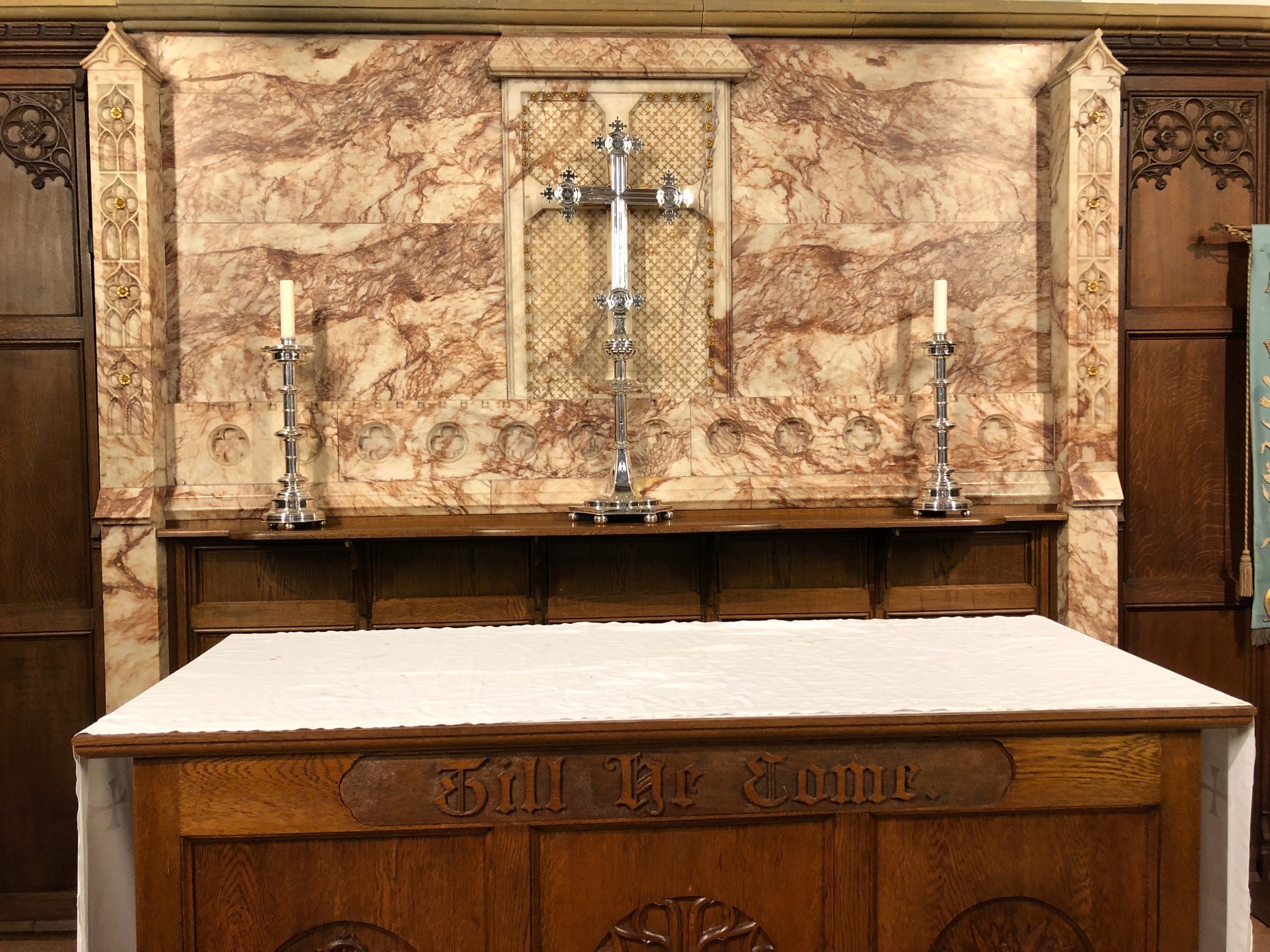
Children are welcome. We were all children once so do not worry if they do not behave like the little angels that we hope they are.
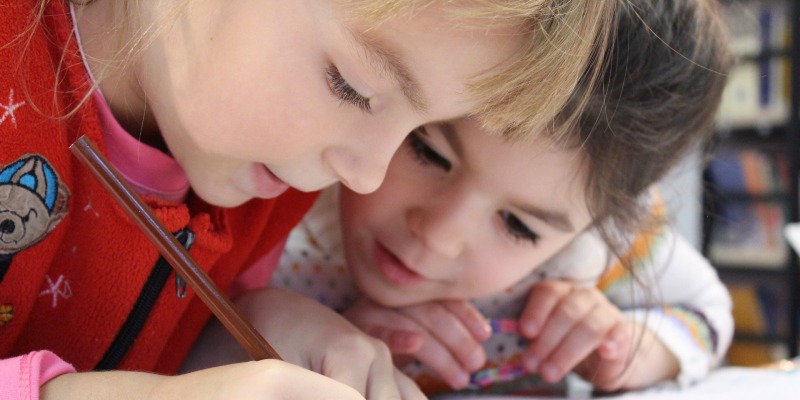
Getting Connected
Small Groups
These are advertised - for example before Advent and Lent
Serving and Volunteering
If you want to get involved in the life of the church and help us make Sundays run smoothly, you can sign up to serve on a team.
Other Ministries
We also support the following ministries:
Get in touch with us to plan your visit
If you would like to come and visit the church beforehand you are more than welcome! Get in touch and we can arrange a time that suits you.
Leadership
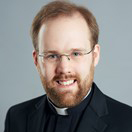 |
|
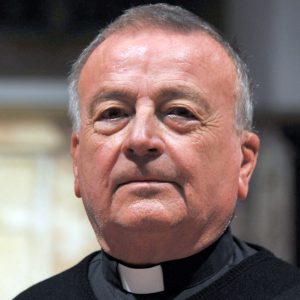 |
|
Father Edward |
|
Father Mike |
|
Fr Edward is our Parish Priest |
|
Fr Mike assists in the Parish. |
We hope that whoever you are, you will feel at home at our church.
|